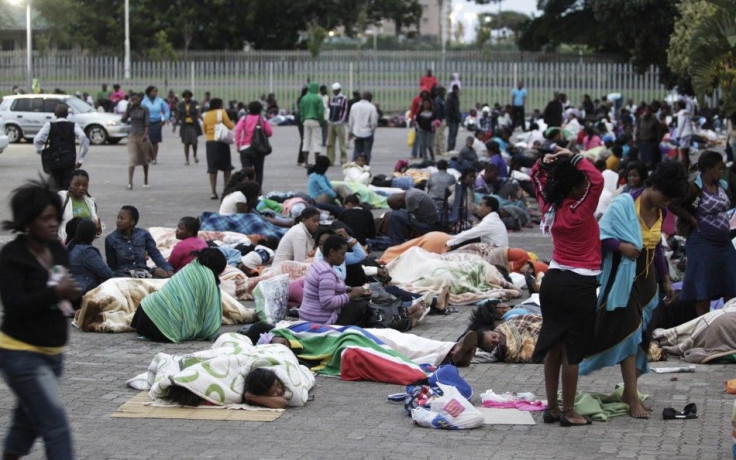South Africa: Deadly University Stampede Product of Overloaded Education System
ANALYSIS

A woman was killed on Tuesday morning when prospective students waiting outside the University of Johannesburg in South Africa stampeded to get into the school's admissions office.
The students were waiting in line for late applications for one of the university's remaining 800 open spaces for admission into the incoming 2012 class. The woman was said to be the mother of an applicant and she was trampled to death when students began pushing to get closer to the university building about 30 minutes before gates were to be opened. Another 20 people were injured in the incident, which is emblematic of an overburdened education system.
Higher education in South Africa is by no means guaranteed, even for qualified students. The university system is public and is subsidized by the state, which means that costs for students are low but when space is unavailable there are few other schooling options.
This year, more than 180,000 students will be turned away from the nation's 21 public institutions, according to South Africa's Times Live newspaper. That's the same number that Minister of Higher Education Blade Nzimande promised to make space for last year.
The University of Johannesburg had room for 11,000 freshmen and 85,000 applied for the 2012 semester. Like some schools, Johannesburg had reserved a few seats for coveted late applications -- many people had camped out overnight and stood in line through rainstorms for a chance to apply, according to Voice of America. Some traveled hundreds of miles and stayed outside for three days in order to have a chance at going to the prestigious university.
Many students annually brave similar conditions for their financial aid applications.
The students lined up in Johannesburg on Tuesday had qualified for late application thanks to high scores on state exams. Because many were poor students who didn't have internet access, they had to wait in line for their final chance at continuing their studies.
Unemployment in South Africa is currently around a staggering 50 percent and many young people see a university degree as a step towards a prosperous livelihood.
What led to the frenzy was a desperation amongst the students because they see entrance into university as their only chance, Ruksana Osman, a professor of education at the University of Wittwatersand, told Reuters.
Like all colleges across the world, the number of people applying for entry exceeds the number of positions, but in a country like South Africa, where the literacy rate has grown substantially in just a generation, the problem is exacerbated. The universities have not had time to catch up with an educated youth and so there simply aren't enough spots for the students left behind.
Many factors have to be considered before a university can increase the number of places -- the student-teacher ratio, lecture theater capacity, the availability of housing, and the capacity of other facilities, such as laboratories, libraries and counseling services, Carl Herman, director of admissions at the University of Cape Town, told Times Live.
About 97 percent of all South Africans between 15 and 24 are literate, according to UNICEF. Of their parents generation, about 85 percent are literate.
South Africa does have a number of for-profit universities -- about 100 as of 2005 -- but with poverty rates lagging behind education rates, these are not an option for many students.
© Copyright IBTimes 2024. All rights reserved.











